Development of Oriental Region: President of Oriental Region Morocco
Oriental Region, President, Ali Belhadj
One of Morocco’s biggest industrial zones is under construction in Oujda: the technology park.
Interview with Ali Belhadj, President of Oriental Region
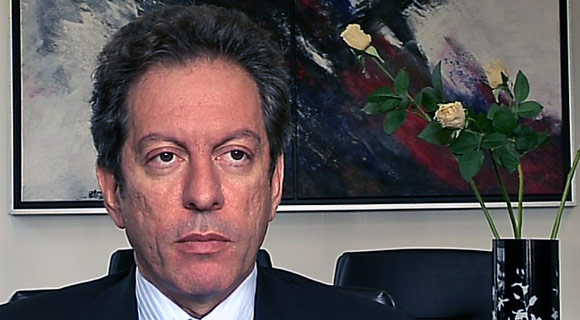
Can you tell us what is particular about the Oriental region?
The region is vast. It is as big as Portugal, and has 2.2 million inhabitants. The region also has a 1 million strong expatriate population. These people are very attached to their region of origin. It is a border region, with a 400km long border. It is the only region in Morocco that has a Mediterranean area and a desert area at the same time. It has a diversified climate: there is the oasis of Figuig, mountains, and the seaside.
One of Morocco’s biggest industrial zones is under construction in Oujda: the technology park.
Does the expatriate population of the region play a role in its development?
There are some human and financial interactions between the region and its expatriates. However, I believe this potential should be exploited more. Most of our expatriates have successfully integrated themselves in other countries. We should work on the ties between us and them and welcome them to invest in the region’s development. 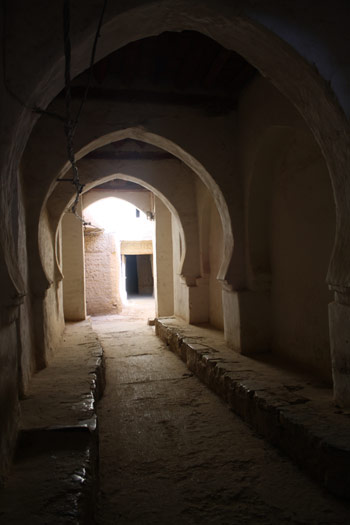
What is your strategy in this regard?
Let me tell you first about the region’s global strategy, which takes the expatriate population into consideration. Since His Majesty’s speech in the region in March 2003, the region’s development has become a priority. All local councilors have worked together on a plan for the region. We are to take action in various fields starting from 2011: infrastructure facilities, culture, economy, etc.
Investment is a crucial factor in the region’s development. This is where the expatriate population becomes important. We need to set up the necessary infrastructure and industrial facilities to welcome and accompany investment. We also need to provide an investment fund. We want to make sure their activities in the region have a successful outcome.
Concretely, what projects are under way?
One of Morocco’s biggest industrial zones is under construction in Oujda: the technology park. It is a major project for investors. Within this park there is a clean technology area, dedicated to renewable energies. It will collaborate with universities and researchers. Investors in this area will be granted privileges in terms of taxes and funding. Another industrial park is under construction in Selouane.
An agriculture park is being built in Berkane. It also includes a research center. It promotes citrus fruit and clementine production, but also new fields such as aromatic plants and essential oils.
We also want to work on smaller technology hubs that would be more adapted to small and medium businesses.
In addition to the sector of infrastructure, we have a strategy in the financial sector. We particularly need to promote the region amongst our expatriate population and amongst international investors in general.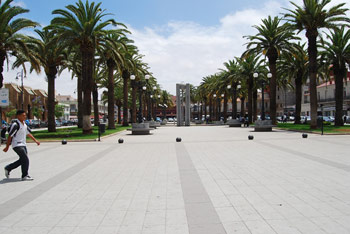
How do you think international investors see the region? How do you think the region should be advertised?
I’m not too sure if foreign investors are aware of the region’s full potential. The region’s recent development and its strategic position need to be advertised. We have planned a road show in 2011 in this purpose. We will be visiting investors in Europe (starting from the end of March) as well as the Middle East and present them the region’s advantages.
We also try to collaborate with cities and regions around the world that are our partners. Decentralised cooperation is very important and we want to open it to private investors.
For example, when we visit Nord-Pas-de-Calais as scheduled, we will meet private investors of the region. The same goes for Champagne-Ardenne as we collaborate a lot with this region, as well as Ile-de-France. The cities put us in touch with chambers of commerce. First, we visit investors, and then we invite them. The Oriental region often welcomes important personalities from Qatar and the United Arab Emirates who like to spend their holiday here. This has granted the region special ties within these countries. We would like them to take part in and benefit from the region’s development. 
What specifically can investors gain from the Oriental region? Why choose Oriental?
The region’s development has only just begun, and there is everything still to do. The region has a huge potential for growth. It also has a strategic situation. It is 40 minutes away from Spain, 1 hour away from Portugal and Southern France. The border with Algeria is 400km long. We benefit from special ties with various regions of the world and particularly Europe, due to our large expatriate population.
The government encourages and accompanies investment with special funding. We have tax-free industrial zones dedicated to renewable energies. The region is privileged geographically, infrastructure-wise and financially; and we local councilors are determined to do everything for investors to be successful in the region.
What about the 400km long border with Algeria, is it an advantage or an issue?
As you know, it is a closed border. But we must also think in the long-term: one day, this border will open. We have to take the two possibilities into consideration.
What about tourism?
The region’s potential in the field of tourism is very important. The first seaside resort allowed by the Plan Azur was created here in Saidia. 3 mega-hotels and 1 gulf are already operational, and 7 other hotels are under way. A marina is under construction and partly operational: one of the 3 biggest marinas in the Mediterranean.
We are working on a project in the MarChica area. It is a major project in the field of tourism, with an innovating approach of environmental issues. Other projects are under way: a new major Mediterranean port in Nador, the solar power plant in Ain Beni Methar.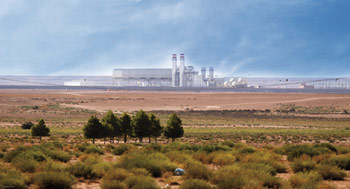
We have big projects in the field of tourism that will transform the region: the unique city of Figuig, with a perfectly preserved oasis and Morocco’s largest palm grove, a unique medina that attracts numerous architects from around the world; yet not one hotel has been built there. Figuig is to develop in an eco-friendly manner. We have scheduled a meeting in Paris with the UNESCO to discuss Figuig’s preservation, and are working on this in partnership with the city of Tombouctou due to historical ties.
The cave of Taforalte (mountain region near Berkane) is another key element. A prehistoric man has been discovered there, with the most ancient jewels and the most ancient case of trepanning. Most of the remains are now at the British Museum. The universities of Oxford and Leipzig have permanent teams working on this site. We would like to open it to tourists.
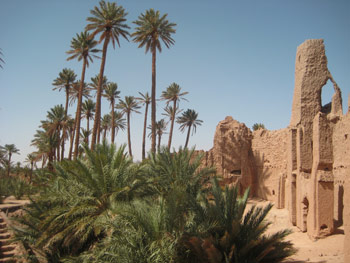
What is your dream for the region in 2015? What would you like to say to investors?
We try to organize public and local debate regarding the future. We all agree that the region has a very high potential in terms of agriculture, tourism, industry, renewable energies, and that we have only just begun. We need to do everything that we can to attract investment.
We want high standards of development for the region, but we also want to preserve the region’s environment.
We are part of a network of regions called R20, originally with California, Quebec, Ile-de-France, and the Delta region. We have been working for a year on how to make our region a green region. 2 months ago we had our last meeting in Sacramento, with 35 regions in total. We are in collaboration with the private sector and international organizations such as the UNDP World Bank. It is a very important step for us, because for the first time we can say that we have a clear development plan.